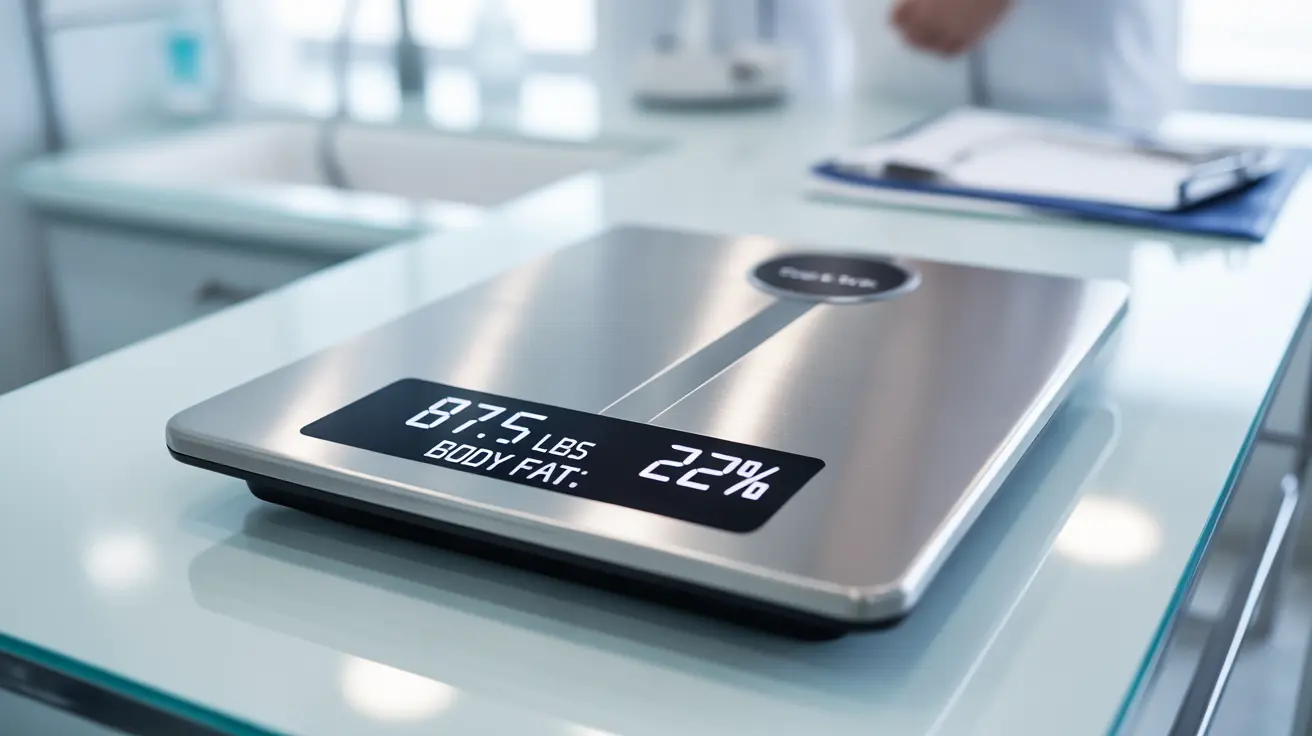Endoscopic Thoracic Sympathectomy (ETS) surgery is a specialized medical procedure designed to treat severe cases of hyperhidrosis, or excessive sweating. This minimally invasive surgical technique targets the sympathetic nerve chain in the chest to reduce sweating in specific areas of the body. Understanding the procedure, its benefits, and potential risks is crucial for anyone considering this treatment option.
Understanding ETS Surgery
ETS surgery involves making small incisions in the chest wall to access and interrupt specific sympathetic nerves responsible for controlling sweating. During the procedure, surgeons use specialized instruments and a tiny camera (endoscope) to precisely locate and treat the target nerve areas. This intervention effectively reduces sweating in the hands, underarms, and face by disrupting the nerve signals that trigger excessive perspiration.
Effectiveness and Applications
The success rate of ETS surgery varies depending on the type of hyperhidrosis being treated. Research shows particularly high success rates for palmar (hand) hyperhidrosis, often exceeding 95%. The procedure has also shown promising results for axillary (underarm) and facial hyperhidrosis, though effectiveness rates may vary.
Types of Hyperhidrosis Treated
- Palmar hyperhidrosis (excessive hand sweating)
- Axillary hyperhidrosis (excessive underarm sweating)
- Facial hyperhidrosis
- Plantar hyperhidrosis (in some cases)
The Surgical Procedure
The operation typically takes 1-2 hours and is performed under general anesthesia. Surgeons make two or three small incisions on each side of the chest, each about 1 centimeter long. Through these openings, they insert the surgical instruments and camera to locate and treat the sympathetic nerve chain. The procedure usually requires a short hospital stay, often just one day.
Recovery Process
Most patients can return to normal activities within a week after ETS surgery. The initial recovery period involves managing any post-operative discomfort and following specific care instructions for the incision sites. Full recovery typically occurs within 2-4 weeks, though individual experiences may vary.
Potential Risks and Side Effects
While ETS surgery is generally safe, it's important to understand potential complications and side effects:
Common Side Effects
- Compensatory sweating (increased sweating in other body areas)
- Temporary chest pain or discomfort
- Temporary shortness of breath
- Bruising around incision sites
Possible Complications
- Pneumothorax (collapsed lung)
- Infection
- Bleeding
- Horner's syndrome (rare)
- Nerve injury
Candidate Evaluation
Not everyone with hyperhidrosis is a suitable candidate for ETS surgery. Proper evaluation includes:
- Complete medical history review
- Physical examination
- Assessment of hyperhidrosis severity
- Discussion of alternative treatments
- Evaluation of psychological impact
Frequently Asked Questions
What are the most common side effects of ETS surgery for hyperhidrosis?
The most common side effect is compensatory sweating, where patients experience increased sweating in other parts of the body. Other common side effects include temporary chest pain, shortness of breath, and minimal scarring at incision sites.
How long does it take to recover from endoscopic thoracic sympathectomy surgery?
Most patients return to normal activities within 5-7 days after surgery. Complete recovery typically takes 2-4 weeks, though individual healing times may vary. Many patients can resume light activities within days of the procedure.
Is ETS surgery suitable for everyone with excessive sweating, or are there certain conditions that make it unsafe?
ETS surgery isn't suitable for everyone. Contraindications include severe lung disease, previous chest surgery, pleural diseases, and certain heart conditions. Patients must undergo thorough medical evaluation to determine their suitability for the procedure.
What are the main risks associated with undergoing ETS surgery, and how common are they?
The main risks include compensatory sweating (occurring in up to 80% of patients), pneumothorax (usually temporary), infection (rare), and Horner's syndrome (very rare). Serious complications are uncommon when performed by experienced surgeons.
How effective is ETS surgery in treating different types of hyperhidrosis, such as palmar or axillary hyperhidrosis?
ETS surgery is highly effective for palmar hyperhidrosis, with success rates over 95%. Effectiveness for axillary hyperhidrosis ranges from 70-90%, while facial hyperhidrosis treatment shows success rates of 80-95%. Results can vary among individuals.




